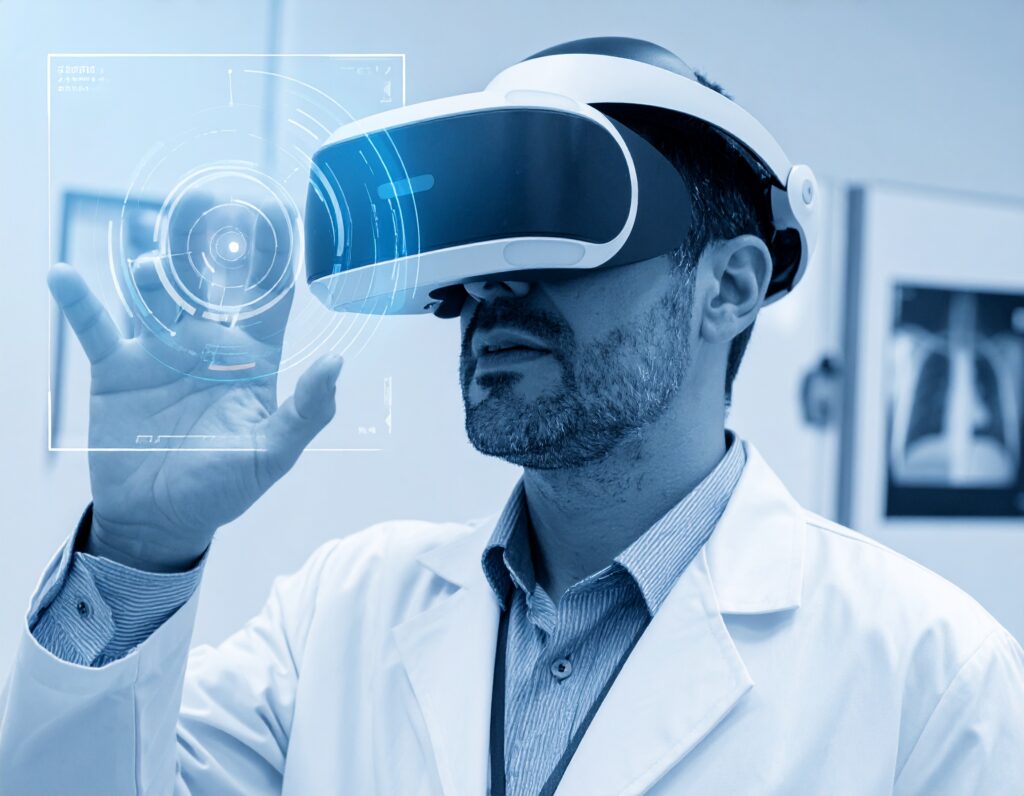
Diagnosing ADHD in adults can be complex and challenging. Unlike many medical conditions, ADHD lacks clear biological markers—specific measurable indicators like blood tests or imaging scans—which makes diagnosis heavily reliant on clinical interviews and patient self-reporting. If you’re an adult seeking an ADHD diagnosis, you’ve probably experienced the subjective nature of this process firsthand—answering questions about your behaviors, feelings, and daily functioning. While valuable, these introspective assessments can sometimes lead to inaccuracies, either through under-reporting or over-reporting symptoms.
The Promise of Emerging Technologies
But what if there were better ways to accurately diagnose ADHD, leveraging cutting-edge technology? Recent advancements suggest promising new avenues by combining multiple assessment modalities, such as brain imaging, cognitive performance tasks, and biometric monitoring.
One particularly exciting development involves the integration of artificial intelligence (AI) with virtual reality (VR). Researchers have found that this combination can significantly enhance diagnostic precision by introducing objective metrics that reduce reliance on subjective self-reporting.
In one study, participants completed attention-related tasks in a virtual environment while their eye movements were tracked using VR headsets. The AI system then analyzed this data to detect patterns linked with common ADHD traits, such as distractibility and impulsivity. For instance, an innovative study demonstrated that AI models analyzing head movement, eye tracking and performance data collected during VR tasks could accurately predict ADHD diagnoses in adults by precisely measuring attention patterns and impulsivity responses. This method provides clear, quantifiable data, offering a potentially groundbreaking improvement over traditional diagnostic tools.
Benefits for Patients and Clinicians
The advantages of such multimodal assessments are clear: they could drastically improve diagnostic accuracy, reduce the potential for subjective bias, and lead to more targeted and effective treatment strategies. As a patient, this means quicker, more precise answers and a clearer path forward.
Challenges to Adoption
However, these advancements also raise important questions: Will they be easy for clinicians to implement in routine practice? Will insurance companies be willing to cover their use? And how quickly will the broader clinical community adopt these tools, especially given traditional preferences and potential resource constraints?
As exciting as the possibilities are, the journey toward widespread adoption of AI and VR-based diagnostics for ADHD will involve overcoming these hurdles. Yet, if these challenges are successfully addressed, these tools could profoundly transform how ADHD is diagnosed—providing clarity, accuracy, and support for countless adults navigating this complex condition.
References
- https://www.psypost.org/ai-model-predicts-adult-adhd-using-virtual-reality-and-eye-movement-data/
- https://pmc.ncbi.nlm.nih.gov/articles/PMC11180838/
- https://www.psychologytoday.com/us/blog/screen-play/202503/is-ai-the-future-of-adhd-diagnosis
- https://digialps.com/virtual-reality-and-eye-tracking-help-diagnose-adult-adhd-with-81-accuracy/
- https://edgefoundation.org/diagnosis-adhd-with-virtual-reality/


